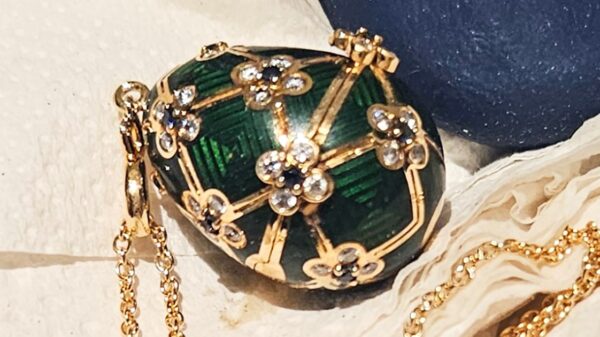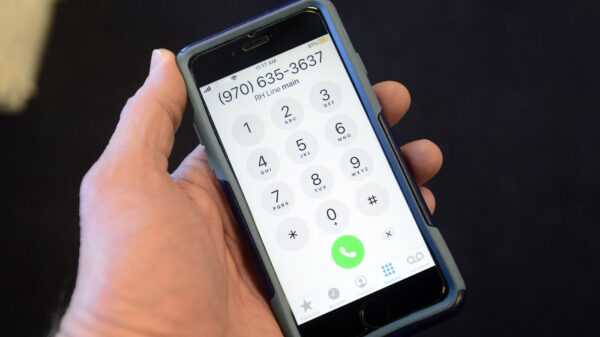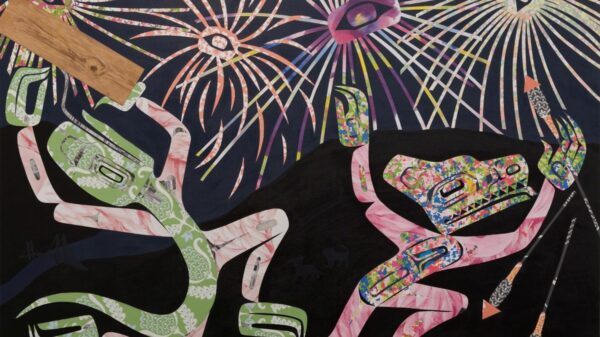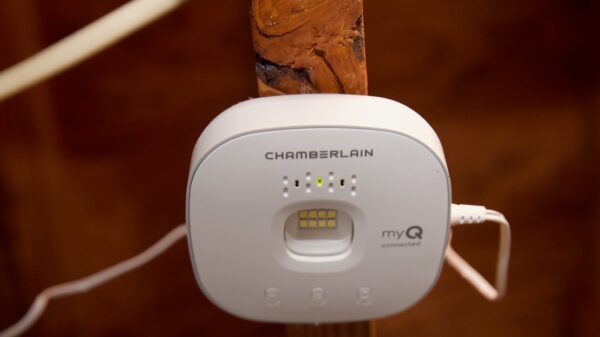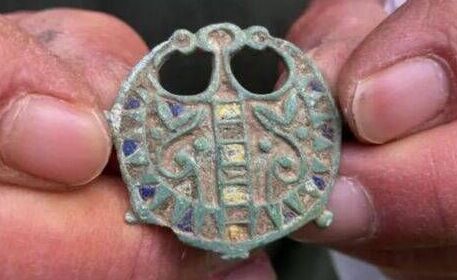A metal detecting enthusiast in Puddletown, Dorset, has made a remarkable discovery: a rare brooch dating back approximately 2,000 years. Initially mistaking the artifact for a child’s toy, Martin Turner later learned of its significant historical value after consulting an expert. The discovery highlights the thrill of metal detecting and the potential for uncovering pieces of history.
Turner found the ancient brooch in fields near his home, where he has engaged in metal detecting with his son for the past three years. After cleaning the item, he noticed signs of “bronze disease,” a condition indicating its considerable age. According to the Treasure Act 1996, items in England, Wales, and Northern Ireland are classified as treasure if they are at least 300 years old. However, recent amendments have expanded this classification to include artifacts over 200 years old that possess exceptional historical significance.
Upon revealing his find to the local finds liaison officer, the brooch was confirmed as an item of historical importance. Plans are in place to formally record the artifact, and should it remain unclaimed, Turner may receive it back. He has expressed interest in potentially donating it to a local museum.
The brooch is believed to date from the 1st century BC to the 1st century AD, placing it in the late Iron Age, just prior to or during the early Roman period when the Roman Empire began its invasion of Britain. Discoveries of this nature not only enrich individual collectors but also contribute to our understanding of the past.
Turner’s passion for metal detecting has yielded numerous finds over the years. He uses a secondhand metal detector that cost approximately £600. In an interview with BBC, he remarked, “Every field I go in I find stuff. I must have 13 Chinese tubs full of antiquities.” Among his most significant finds are 14 Bronze Age heads, which he described as “unreal.” He has donated these artifacts to the British Museum, reflecting his commitment to preserving history.
In 2023, Turner expressed the thrill of holding artifacts that hadn’t been touched for thousands of years. “People spend all their lives trying to get one of these on their bucket list, and he’s been part of finding 14 of them,” he said. “The feeling of holding them for the first time in 4,500 years – you’re the only person to hold these in that amount of time. That’s the excitement of it.”
Under the Treasure Act, when an item is officially designated as treasure and subsequently purchased by a museum, the finder is entitled to a monetary reward as compensation. This framework encourages amateur archaeologists and metal detectorists to report significant finds, promoting the preservation of historical artifacts for future generations.
Turner’s discovery serves as a reminder of the hidden treasures that lie beneath our feet and the importance of responsible reporting and recording of historical finds. As metal detecting continues to gain popularity, enthusiasts like Turner play a crucial role in uncovering and preserving our shared heritage.










